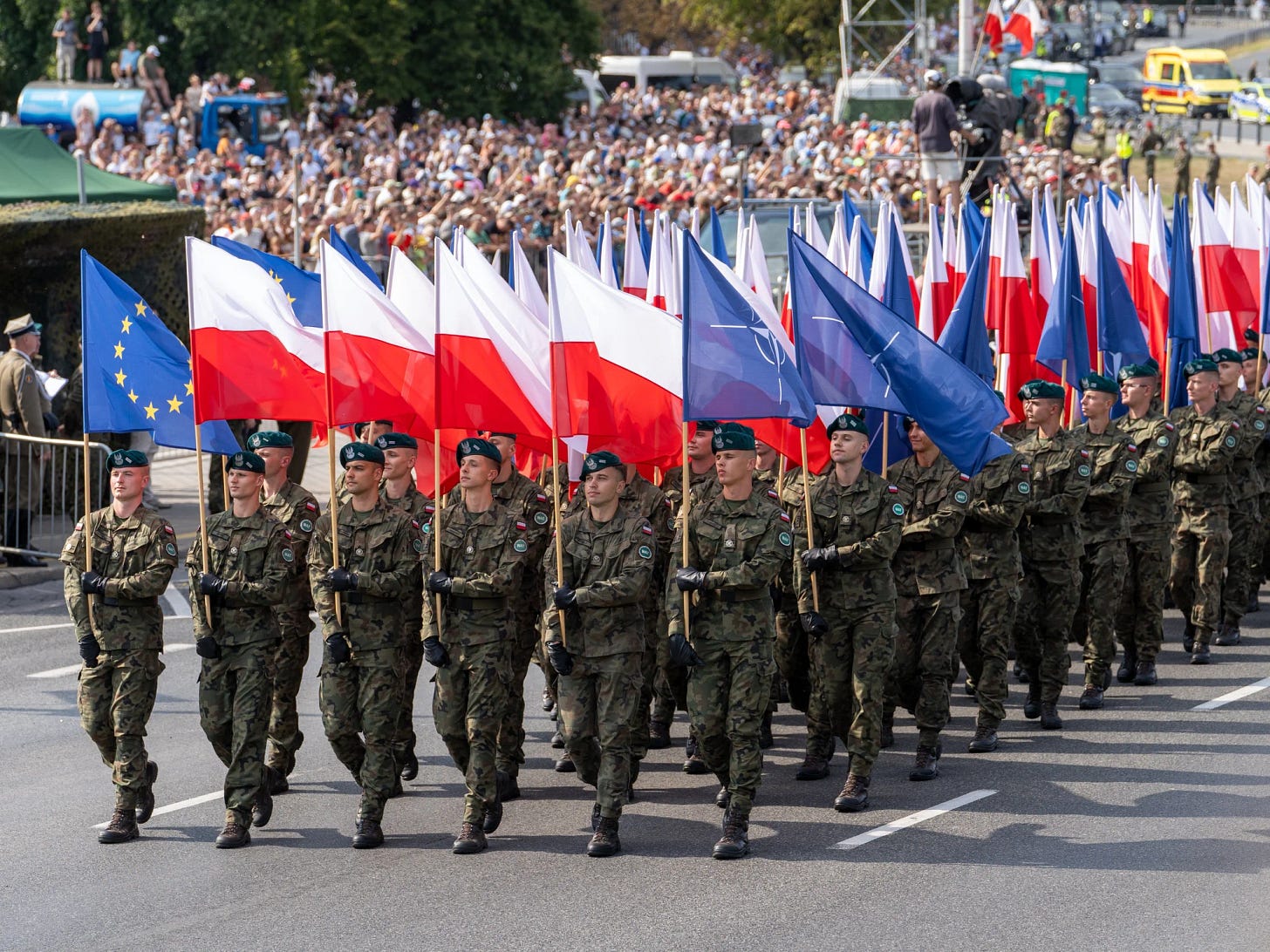Europe’s March Toward Militarization
Brussels Eyes a Pan-European Army, But Can It Stand Without Washington?
Europe is edging closer to militarization, and the upcoming EU summit on March 6 could be a pivotal moment in shaping this trajectory. MEPs from Volt Europa have tabled an ambitious nine-point plan that includes establishing a pan-European army, appointing Estonia’s Kaja Kallas as a de facto EU foreign minister, and expanding Brussels’ authority over defense. This push for a more centralized military framework reflects a broader shift in Europe’s strategic outlook—one that is increasingly decoupling from Washington’s dominance but remains financially and structurally uncertain.
The EU’s militarization isn’t theoretical; it has already begun in bureaucratic increments. The European Commission, as of December 1, 2024, now includes a Commissioner for Defense and Space, a role assumed by Andris Kubilius. Meanwhile, Ursula von der Leyen has proposed a staggering €800 billion ReArm Europe Plan aimed at revitalizing the continent’s defense capabilities. But the question remains: where will the EU find such an astronomical sum? Even if Brussels seizes Russian assets, it won’t come close to covering the bill. The financial feasibility of this rearmament drive remains tenuous, and whether European governments are willing to bear the cost—especially amid economic slowdowns and rising social discontent—is another matter entirely.
Strategically, the EU’s military ambitions also face structural dilemmas. Will Europe build its own independent forces, or will it continue relying on NATO? Recent discussions suggest that for the first time, the Supreme Commander of NATO's European forces may not be an American but a British or French general—a signal that the North Atlantic Alliance is preparing for a more autonomous European role. However, Washington is unlikely to tolerate a fully independent European army. Any attempt to establish one would challenge U.S. influence over its allies and disrupt the strategic order that has kept Europe under American security guarantees since World War II.
Beyond structure and funding, there’s the stark reality of Europe’s actual military capabilities. The continent is not equipped to take on Russia directly—certainly not in a nuclear conflict. At best, an "EU NATO" could sustain operations in Ukraine under three conditions: securing a steady supply of manpower, continuing to procure American arms, and maintaining access to U.S. intelligence, particularly satellite reconnaissance. The first condition seems achievable—Kyiv will likely be pressured to lower its mobilization age to 18, especially following Zelensky’s recent boost in political capital after his Washington visit. But continued U.S. weapons sales are far less certain, particularly given tensions with Trump’s camp. American intelligence support, meanwhile, could become a tool of coercion, used to ensure that Europe stays aligned with U.S. interests.
For now, the rhetoric from European capitals about deploying EU "peacekeepers" in Ukraine seems more like a negotiation tactic than a serious military plan. Without explicit U.S. security guarantees, Europe lacks the capability to pose a credible challenge to Russia. The March 6 summit will reveal where the power truly lies within the EU and how far Brussels is willing to push its militarization agenda. Hungary, which has backed Trump's "peace plan" and opposes escalating tensions with Moscow, remains the outlier. Whether it will be an isolated voice or the start of a deeper internal rift within the EU is something that will become clearer in the coming weeks.



